yungwknd, Melt Into You series
Exploring the intersection of art, tech and going phygital: Interview with yungwknd
Generative artist yungwknd recently signed up to Verisart’s tokengated print service on Shopify, allowing his collectors to print their NFTs. We dive into his practice and perspective on the evolving space of digital art and phygital media.
Meet yungwknd, a Seattle-based artist known for his storytelling through blockchain art. His portfolio spans a diverse range, from generative on-chain abstract art and performative blockchain pieces to realistic drawings crafted through coding.
yungwknd’s journey into the NFT world opened his eyes to the possibilities of coding as an artistic medium, distinct from “traditional” forms. Today, he bridges the gap between digital and tangible art, offering his collectors the opportunity to materialize their NFTs onto museum-quality Hahnemühle German Etching paper.
“Something that has been on my mind a lot lately is the concept of living with your art. Personally, I have found that many of the NFTs I have collected get lost in the abyss of the internet. Locked away on my phone never to be seen again.” -yungwknd
'Melt Into Pepe' token holders can now connect their wallets to verify ownership and complete their purchase seamlessly on his Shopify storefront. Supported by the Verisart Shopify app, each print is delivered with a digital Certificate of Authenticity and an NFC tag, with just a tap to reveal detailed information about the artwork and the artist's signature.
Natalia Chow, Community Lead at Verisart, delves into yungwknd’s creative process, his views on print media, and its influence on the digital art collector experience.
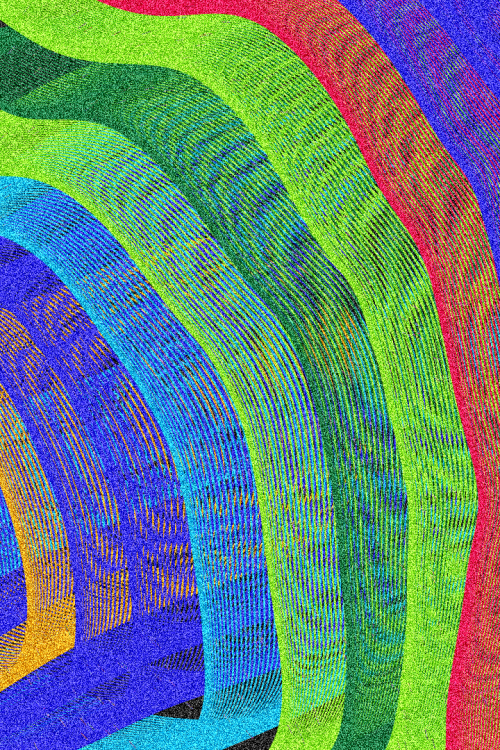
Natalia: Can you tell us more about your journey as an artist and how you discovered generative and blockchain art?
yungwknd: I first discovered generative art (and NFTs) in late 2020/early 2021. A friend of mine from before crypto had started posting about ArtBlocks, and specifically Ringers by Dmitri Cherniak. I was immediately intrigued by the notion that one could create art using just code. At the time, I had been a professional developer for about three years, but only in a workplace setting. This opened my eyes to the creative coding world. From then on - I started tinkering, and have continued learning every day ever since! I enjoy learning new processes and techniques in creative coding and experimenting with what is actually possible on the blockchain, using the constraints to my advantage.
Natalia: "Carbon Raindrops" was your first project. Can you share the inspiration behind it and what it taught you about the intersection of art and code, and how it influenced your future works?
yungwknd: Carbon Raindrops was really my first attempt at both generative art and smart contract writing. At the time, the narrative surrounding NFTs was largely focused on their negative environmental impact. I wanted to make a statement about that - by donating half of the proceeds to Offsetra, a carbon offsetting organization.
This was also when I really understood the power of programmable money. I could essentially do the donation at time of sale, with no trust required on my part.
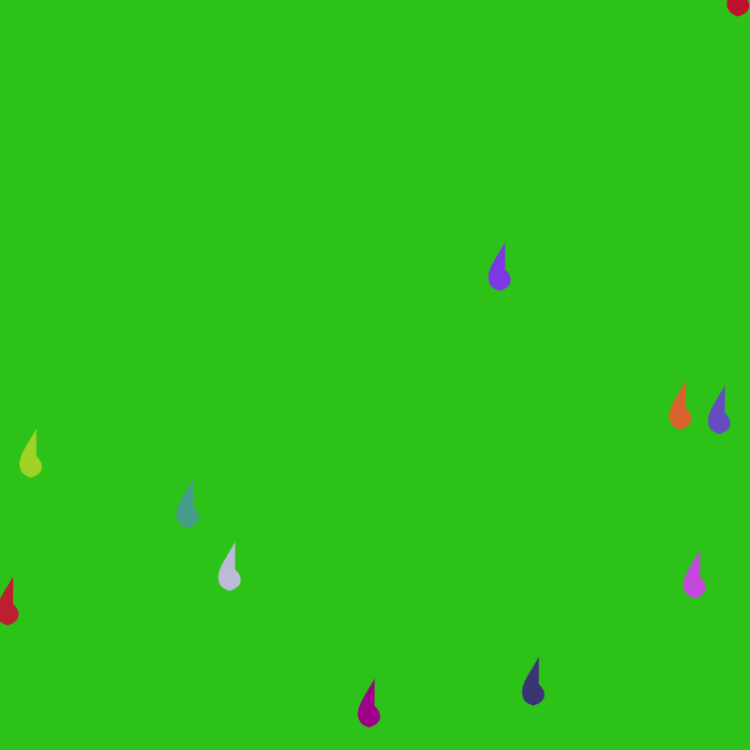
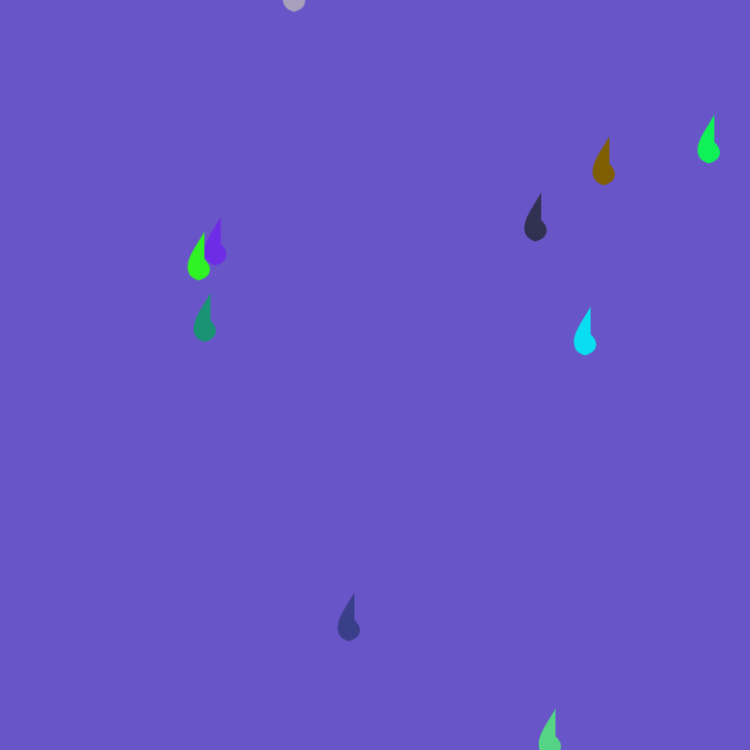
Natalia: Your work spans generative on-chain abstract art to performative blockchain art and realistic drawings made with code. How do you decide which medium or style to use for a particular project or idea?
yungwknd: Each medium and style is really just a manifestation of the idea and statement I want to make with the particular project. Typically (nearly all) of the time my medium is p5js code to generate the art, and sell it purely as a visual piece of art.
However, there are times where I want the art to be intertwined with the medium of the blockchain and/or the internet. So I have some pieces that change with the timezone of the viewer, some that change based on who is holding the token, and other mechanics that make use of the unique technology at my disposal.
In the case of my 2021 piece Generative Morning, I made an on-chain SVG image that showed the sun rotating through the sky throughout the day. The location of the sun was based on the current ethereum block timestamp and the collector’s local timezone. You can find more information about the piece on my website.
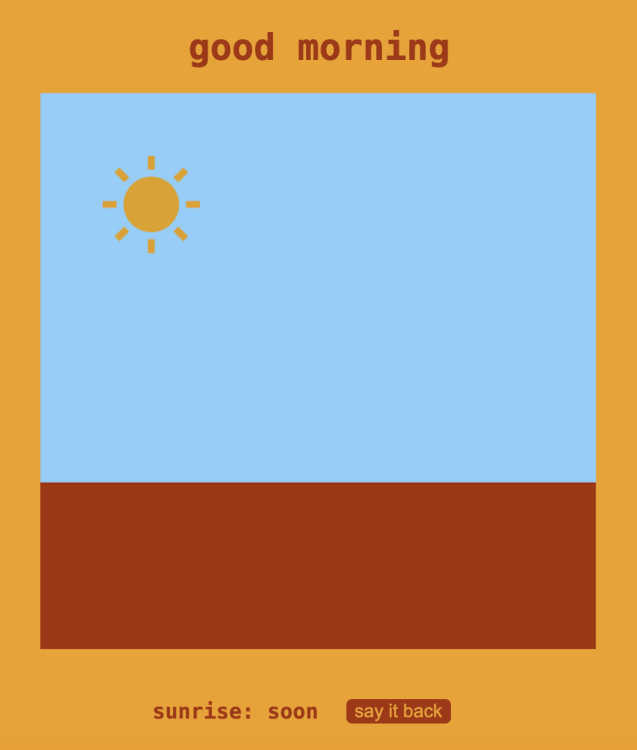
Natalia: Could you describe your process from start to end, even taking into account your collectors’ experience?
yungwknd: My process always starts with an idea, an inspiration, a concept that I want to explore. From there I think about what sort of visual representation I can make of that concept and what kind of collector experience I can make to collect the art.
Once I have a concept in mind, I start to tinker with the art and the collector experience. One example of this is my piece memories of portugal from the fall of 2022. I had just returned from a trip to Lisbon with my girlfriend and wanted to make a piece to commemorate our time there and the beautiful sunset we had experienced together.
To bring in the collector - I wrote a custom contract that allowed each bidder to choose a “trait” of the final output. These traits determined the color palette, the style, the density, and the motion of the piece. I think it’s a perfect example of when you can use technology in both the artistic process and sales process. You can read more about the sale in my thread on X (formerly Twitter) here.
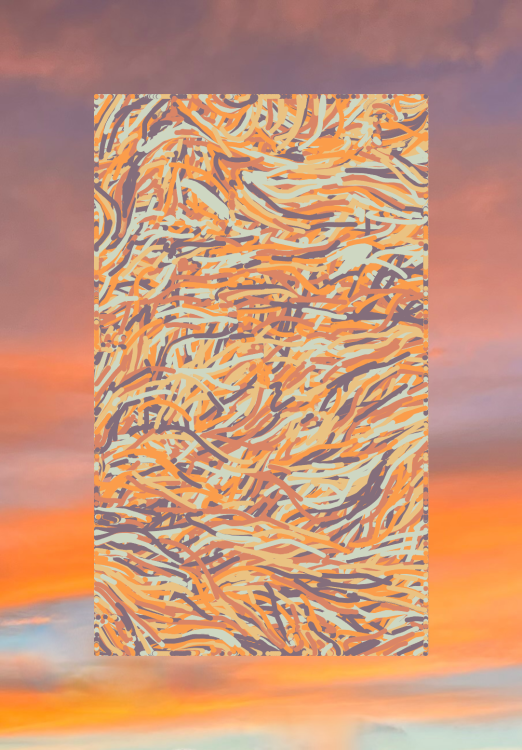
Natalia: The phygital element is becoming increasingly important in the digital art world. What motivated you to offer your collectors the option to print their NFTs?
yungwknd: Something that has been on my mind a lot lately is the concept of living with your art. Personally, I have found that many of the NFTs I have collected get lost in the abyss of the internet. Locked away on my phone never to be seen again.
In recent months I have been leaning more and more into the physical side of art making - offering prints for some of my collections. I think it’s important for my collectors to get to experience my art in their homes - whether that be in the office, living room, or bathroom. Printing, signing, and sending these prints has given me great joy in the past few months as I get to see the joy of my collectors hanging my art on their walls.
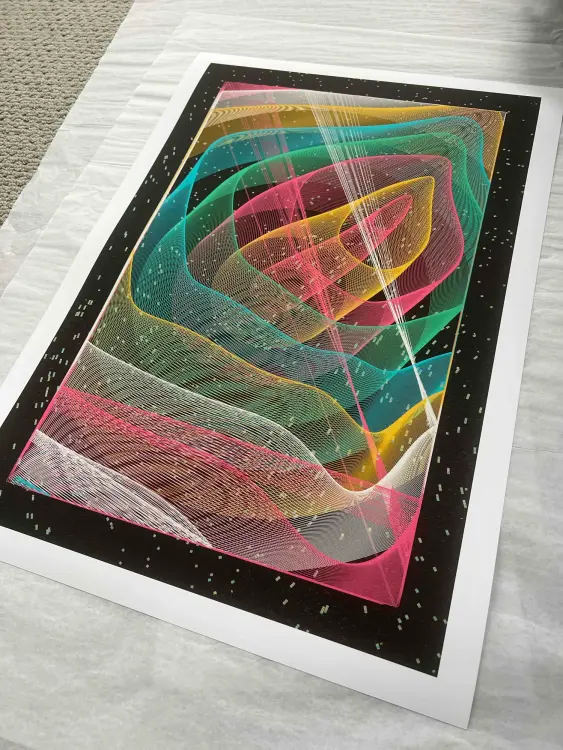
Natalia: “Melt Into You," for example, explores the story of a partner's loving embrace. How do you think the ability to transform digital art into physical prints enhances the collector’s experience and relationship with this work in particular?
yungwknd: I think the transformation from the digital to the physical enhances a collector’s level of commitment to the piece of art they’ve collected. As I mentioned before, a lot of digital art can get lost in the sea of distractions on your phone or computer.
Bringing a digital piece of art into your home in its physical manifestation is the next level of commitment to viewing and experiencing the art. It means that you get to enjoy it in different moods, different lighting, and with different people. It’s much more difficult to create a piece of art that can survive the real life test of hanging on a collector’s wall.
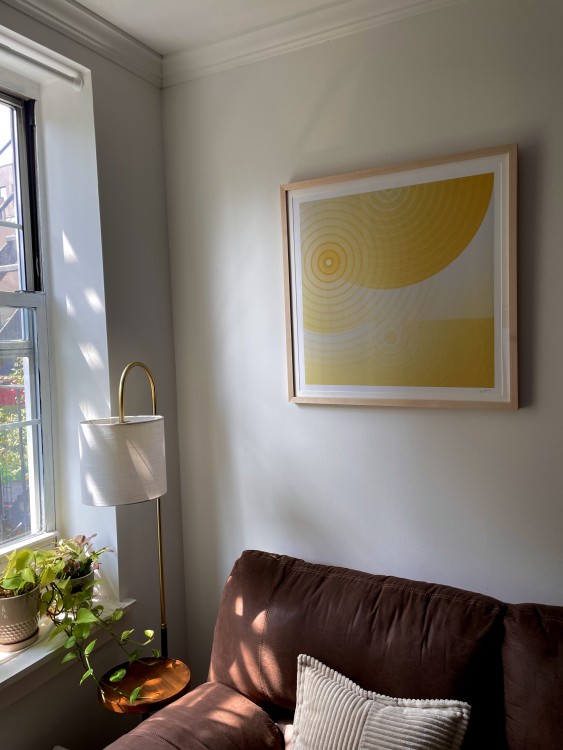
Natalia: How do you ensure that the quality and essence of your digital art are preserved in the physical prints?
yungwknd: Printing is an art form in and of itself! Sometimes it’s not possible to preserve the essence of the digital version. Whether that’s because the digital version is animated, or because it’s pixel perfect, or because it’s part of an online performance piece.
The best thing that I can do is work closely with a printer that I get to know and build a relationship with. I’m lucky to have a local printer that is very accommodating and works with me to ensure every output is perfect.
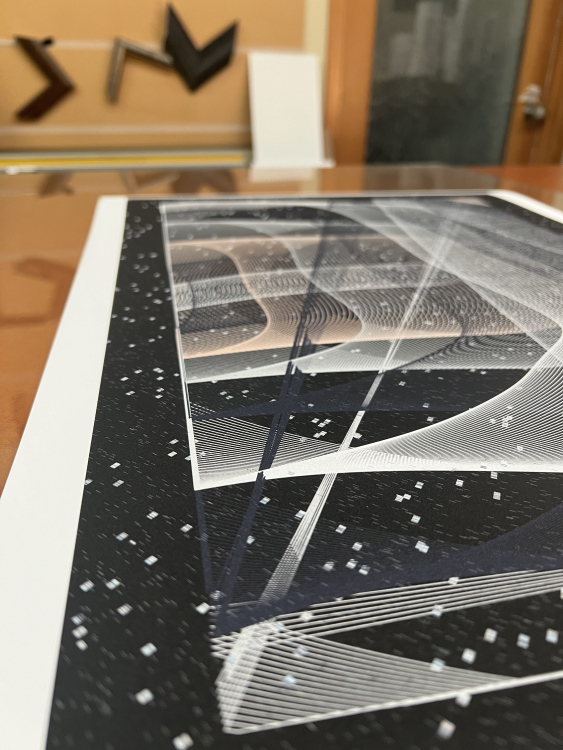
Natalia: Do you think physical prints will impact the broader adoption and appreciation of NFT generative art?
yungwknd: I think they will. I have yet to see a collector who isn’t excited to engage with art in a new way. Bringing physical prints into digital collectors’ lives helps them share their passion for NFTs and generative art with a new audience - the people who visit their homes.
It’s important to give non-digitally-native collectors a chance to view and appreciate generative art in a friendly format for them to consume.
Natalia: Can you share any upcoming projects or ideas you're excited about, particularly those that might involve new phygital elements?
yungwknd: I am working on some projects that are maybe a bit too early to share right now. But I will say this - most phygital art starts as digital and becomes physical.
What if a piece started in its physical manifestation before becoming a digital rendering?
For more information, visit the artist’s website, Creator Profile and X (formerly Twitter)
If you’re a ‘Melt into Pepe’ token holder, get your NFT printed here